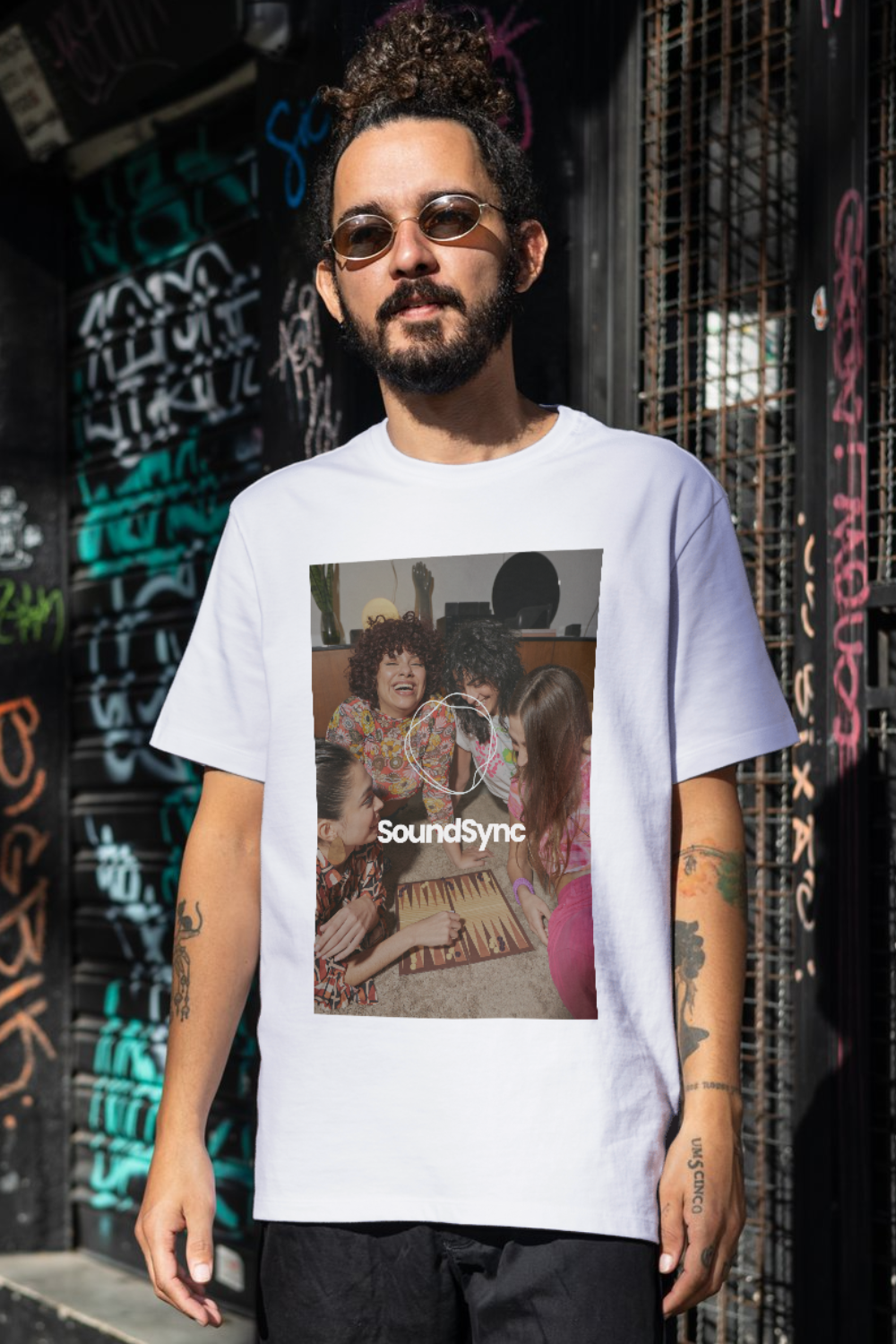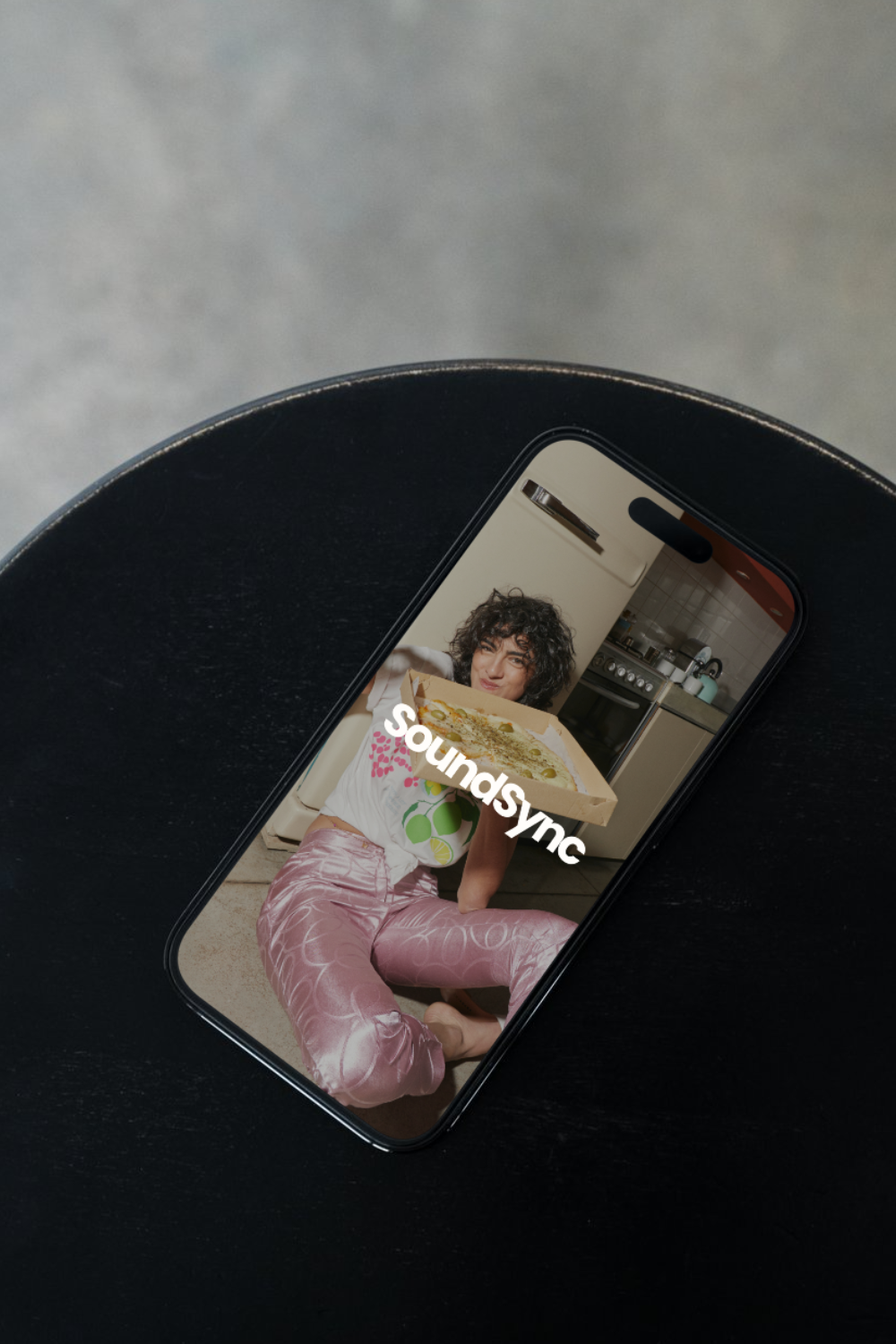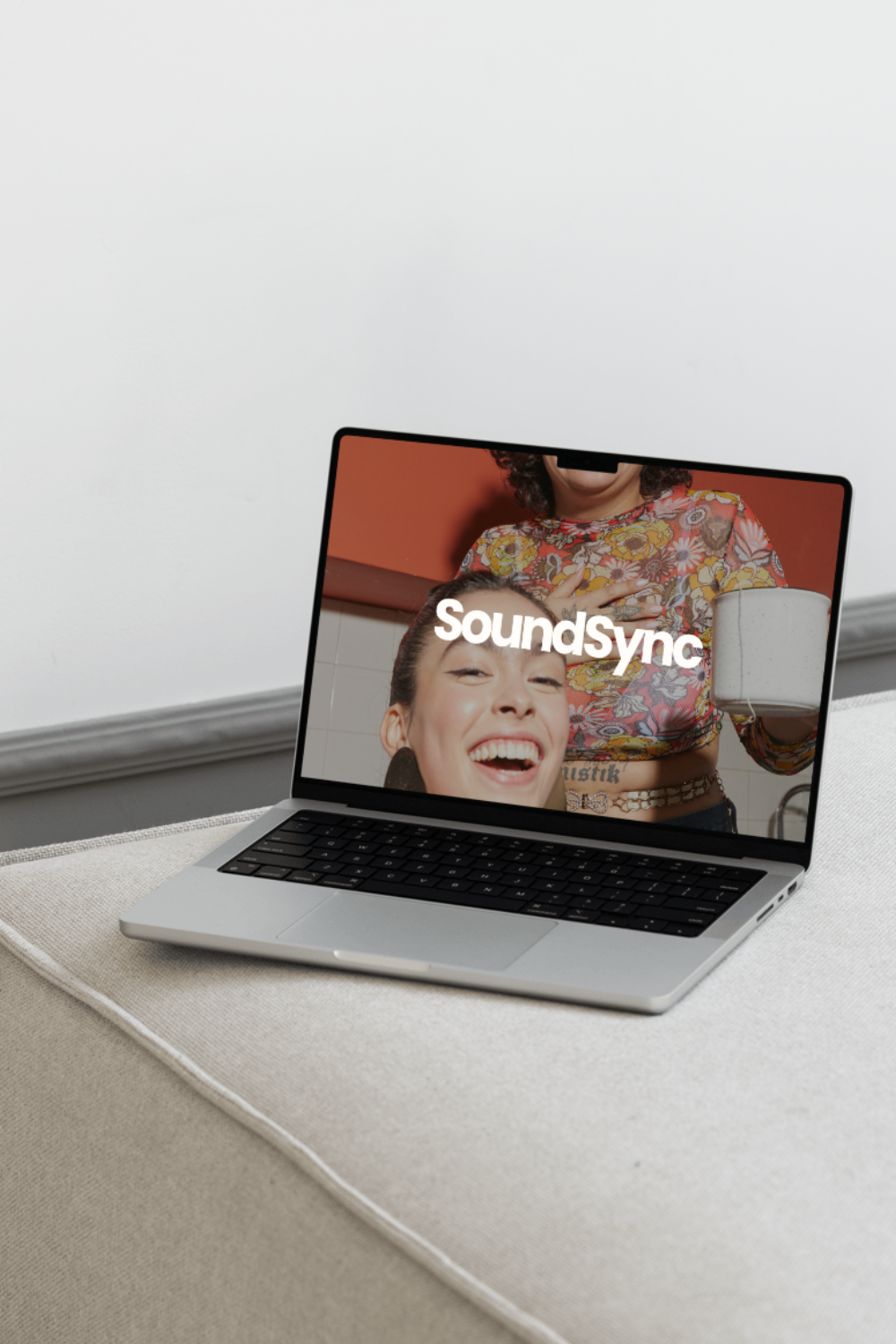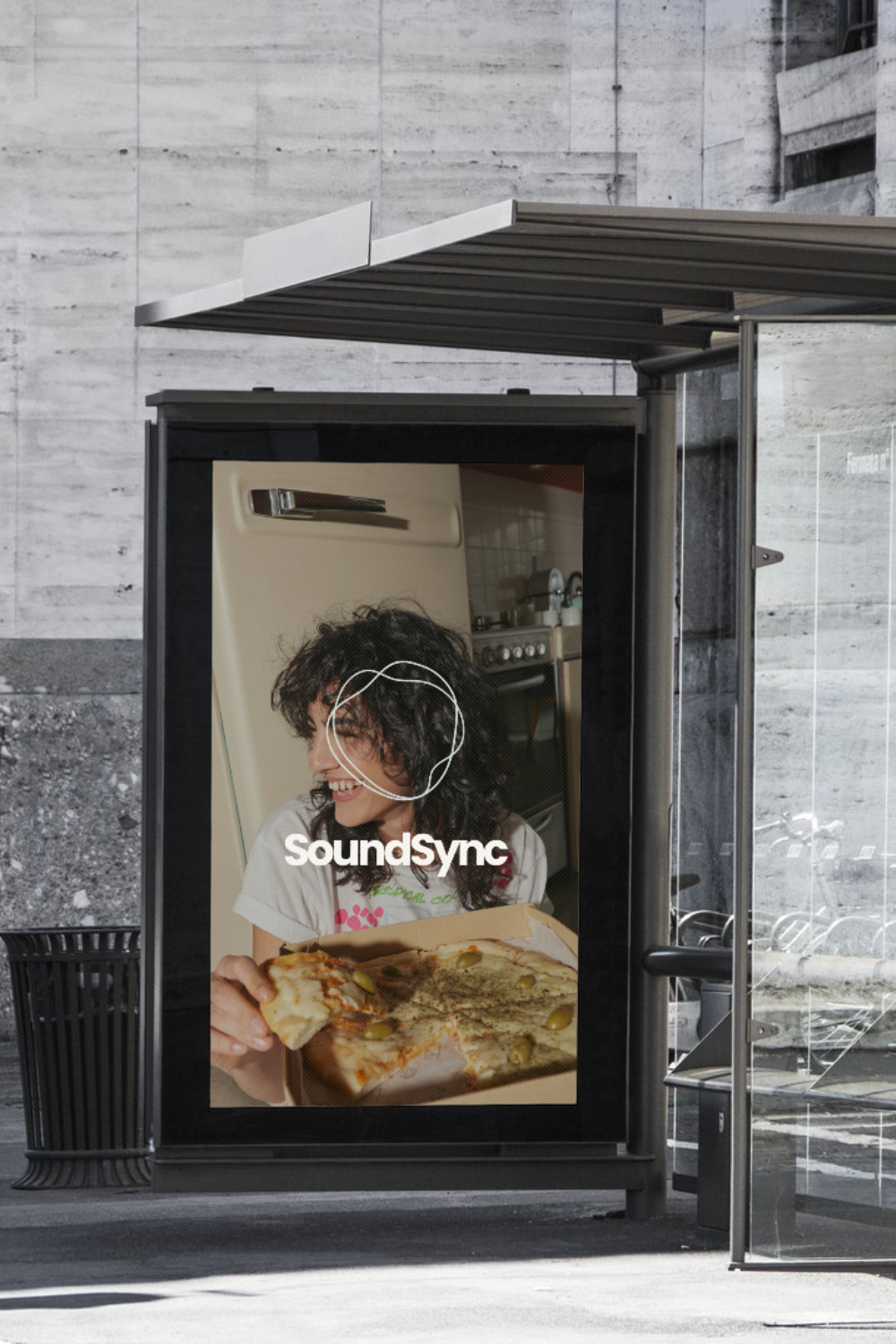Speech therapy logo ideas and brand strategy tips
As a speech therapist, you provide invaluable support to individuals navigating communication challenges. But how do you ensure that your brand, your message, and your presence truly connect with those who need your services? Building a speech therapy brand isn’t just about a pretty logo or catchy tagline—it’s about creating a space where clients feel understood, welcomed, and supported from the very first interaction.
Many speech therapists struggle with how to present their practice in a way that stands out while staying authentic. If you’ve ever wondered how to create a speech therapy logo and brand that resonates, you’re in the right place.
Let’s explore how to create a brand that goes beyond surface aesthetics and truly connects with your clients.
By the way, I’m Natalia Maganda, a website designer for therapists . I help ambitious life coaches and mental health professionals amplify their magic, gain visibility, and simplify their marketing efforts through strategic web design and content.
Crafting a brand that connects on a deeper level
Branding your speech therapy practice is more than just a logo and fonts. While these are important elements, your brand should represent your values, the care you provide, and the outcomes clients can expect. When someone seeks speech therapy, they are often in a vulnerable position—your brand must reflect empathy, professionalism, and the promise of positive outcomes.
Understanding your brand purpose
Before diving into design, it's crucial to identify the core purpose behind your brand. Ask yourself:
Who do you help?
Be specific about who your target audience is. In speech therapy, the needs of your clients can vary greatly depending on their age and the nature of their speech challenges. Are you focusing on:
- Children with speech delays or articulation disorders? If so, your branding should appeal to both the child and their caregivers. Consider using playful, bright colors that create a child-friendly atmosphere while also conveying professionalism and expertise to the parents.
- Adults with voice disorders, stuttering, or speech rehabilitation after an injury? In this case, your brand should reflect a more mature, reassuring tone. Colors like blues, greens, and other calming tones work well to create an atmosphere of trust and professionalism for adult clients.
- Specific demographics? Maybe you specialize in helping individuals with autism spectrum disorder, hearing impairments, or cognitive delays. Knowing exactly who you help allows you to fine-tune your branding message to resonate deeply with their needs. This also informs how you communicate on your website and social media, ensuring your services are directly aligned with the audience’s challenges and goals.
Why do you help them?
Understanding your "why" is the foundation of your brand's emotional connection with clients. Ask yourself, Why did you choose speech therapy as a career? Was it to make a difference in the lives of children who struggle to communicate? Or perhaps you have personal experience with speech disorders, which fuels your passion for helping others?
- Your story matters: Sharing why you help the specific clients you serve creates a deeper connection with potential clients. For example, if you’re driven by a personal experience—maybe you had a family member with a speech disorder—sharing this creates trust and empathy. Clients are more likely to choose a therapist who seems emotionally invested in their outcomes.
- Highlight the impact you want to make: If you’re passionate about empowering people to find their voice and communicate confidently, your brand message should reflect this. Use your "why" as a guide for shaping your messaging across all your platforms, from your website to your social media. It helps make your practice feel authentic and personal.
What makes you different?
Your unique approach is what sets you apart from other speech therapists in a saturated market. Identifying what makes your practice special will help you stand out and attract the right clients.
- Do you use innovative techniques? If you incorporate technology, such as speech therapy apps or digital tools, highlight that. Many parents or adult clients may find comfort in knowing you're up-to-date with modern therapy solutions.
- Are you focused on emotional support? If your practice goes beyond speech improvement and focuses on the emotional wellbeing of your clients, make this clear. Perhaps you create a nurturing environment where both parents and children feel supported emotionally as well as practically. This can resonate deeply with clients who need that extra level of care and understanding.
- Your holistic approach: Maybe you integrate mindfulness or breathing techniques into your therapy sessions, helping clients manage anxiety related to speech disorders. This could differentiate you from therapists who focus purely on the technical aspects of speech.
By clearly addressing these questions in your branding and messaging, you’ll create a speech therapy practice that feels authentic, unique, and deeply aligned with your clients’ needs.
The must-have elements for branding your speech therapy practice
Your brand should be reflected in every aspect of your practice. Let’s break down the essential elements:
Thoughtful brand name
The name of your practice sets the tone for your entire brand. Choose a name that reflects clarity, progress, and communication. Example names like "Sound Therapy Solutions" or "Clear Path Speech Therapy" immediately signal the outcomes clients can expect from working with you.
Creating a speech therapy logo that reflects progress
Your speech therapy logo should be more than just an image. It’s the first visual impression your clients have of your practice. Consider using symbols that represent communication, clarity, or transformation. For example, the example brand "Sound Therapy" integrates sound waves into the logo to represent speech and communication. Colors like calming blues or greens evoke trust, while warm tones like oranges can convey energy and positivity.
Business cards as a physical connection
Even in today’s digital age, a business card remains a powerful branding tool. Your card should reflect the professionalism and care you provide in your practice. Use the same color scheme and logo to keep it consistent with your overall branding.
Client marketing assets that educate and engage
Creating educational materials like brochures, welcome packets, or PDFs that explain your services can set you apart. Ensure that your speech therapy branding shines through in these materials, and don’t forget to include useful tips or exercises to engage clients even before they step into your office.
Social media marketing assets to reach your audience
Social media platforms provide a perfect space to connect with potential clients and share valuable content. On Instagram or Facebook, you can use your posts to share speech therapy tips, progress stories, or highlight the unique aspects of your practice. Align these assets with your brand by using consistent colors, fonts, and messaging.
On-brand website: the heart of your digital presence
Your website will often be the first touchpoint potential clients have with your practice. Ensure that it reflects the values of your brand—make it easy to navigate, visually welcoming, and informative. Use your website to tell your story, outline your services, and provide resources like blog posts or downloadable guides for families. Calming colors, simple navigation, and clear calls to action are essential to creating a positive user experience.
Tips for connecting your brand with people who need speech therapy
Building a strong connection with your audience goes beyond just a professional logo. Your brand needs to emotionally connect with people, assuring them that you understand their struggles and can guide them through it.
Understand clients with empathy
Many of your clients may feel vulnerable, anxious, or overwhelmed by their speech challenges. Make sure your branding reflects empathy, showing that you’re here to support them at every step. Use soft tones and welcoming language to create a safe space.
Make clients feel welcome
Whether through your website or when they walk into your office, clients should feel immediately at ease. The right branding can make your practice feel like a haven, where clients know they will be supported, heard, and valued.
Position your brand as the solution to their struggles
Your branding should answer the questions: "Can this therapist help me?" and "Do they understand what I’m going through?" Highlight common speech issues like stuttering, articulation problems, or voice disorders, and position your services as the solution. Use real-life examples and testimonials (with permission) to showcase the transformations you've guided clients through.
Inspiring examples of speech therapy branding and logo ideas
In branding your speech therapy practice, it’s essential to create a visual identity that resonates deeply with both clients and their families. A strong brand identity should evoke trust, care, and professionalism while remaining approachable and friendly.
1. Use symbols that evoke communication and clarity
In speech therapy, the focus is on helping clients communicate more effectively. A logo that incorporates elements such as sound waves, speech bubbles, or symbols of expression (like lips, ears, or even abstract representations of voice) can create a strong visual connection with your audience. For example, SoundSync uses subtle design elements that reference sound and movement, aligning with the therapeutic process of guiding clients through speech challenges.
2. Choose colors that inspire calm and confidence
Colors play a significant role in branding. For speech therapy, a calming yet uplifting color palette can help clients and their families feel at ease. Soft blues, greens, and purples are ideal for conveying calmness, while brighter tones like orange or yellow can add an element of energy and encouragement. The SoundSync branding relies on subtle, soft tones combined with lively accents to balance serenity with hope, a great combination for speech therapy.
3. Typography that speaks volumes
Typography should not be overlooked. In speech therapy branding, choosing clear, legible fonts communicates professionalism and accessibility. Look for rounded fonts that appear friendly yet authoritative. In the case of SoundSync , the use of clean, modern typography enhances the overall feeling of support and expertise, ensuring clients feel comfortable and confident in the services offered.
4. Create a cohesive visual identity
Just like with SoundSync, your speech therapy brand should remain consistent across all platforms. From your business cards to your social media, maintaining a cohesive look helps reinforce your brand identity. Using the same color palette, fonts, and logo design across your marketing assets ensures that your brand feels professional, unified, and reliable. This consistency builds trust and makes your practice more recognizable to potential clients.Build a speech therapy brand that makes a lasting impact
Your speech therapy brand is about more than just visuals—it’s about creating an experience that resonates with people seeking help for their communication challenges. Clients need to trust you, feel connected to your story, and believe that you can guide them to real progress. Let’s create a brand that reflects the care and expertise you bring to the table.
Ready to elevate your speech therapy brand and connect with more clients? Let’s work together to create something meaningful. Explore my web design services for therapists to get started today!
Related reads:
- The ultimate guide to branding your therapy and private practice
- 40 therapist headshots and photoshoot ideas
- 40 therapist office ideas and tips for branding your calm space
- 10 simple ways to get more therapy clients for your private practice
20 modern therapist logo ideas - 10 therapist business card ideas

* AI Disclosure: This content may contain sections generated with AI with the purpose of providing you with condensed helpful and relevant content, however all personal opinions are 100% human made as well as the blog post structure, outline and key takeaways.
* Affiliate Disclosure: Some of the links on www.nataliamaganda.com may contain affiliate links meaning that I will get a commission for recommending products at no extra cost to you.

hello! i'm natalia
Latina, web design expert for mental health professionals.
I help ambitious life coaches, therapists and holistic leaders amplify their magic, gain visibility, and simplify their marketing efforts through strategic web design and content.
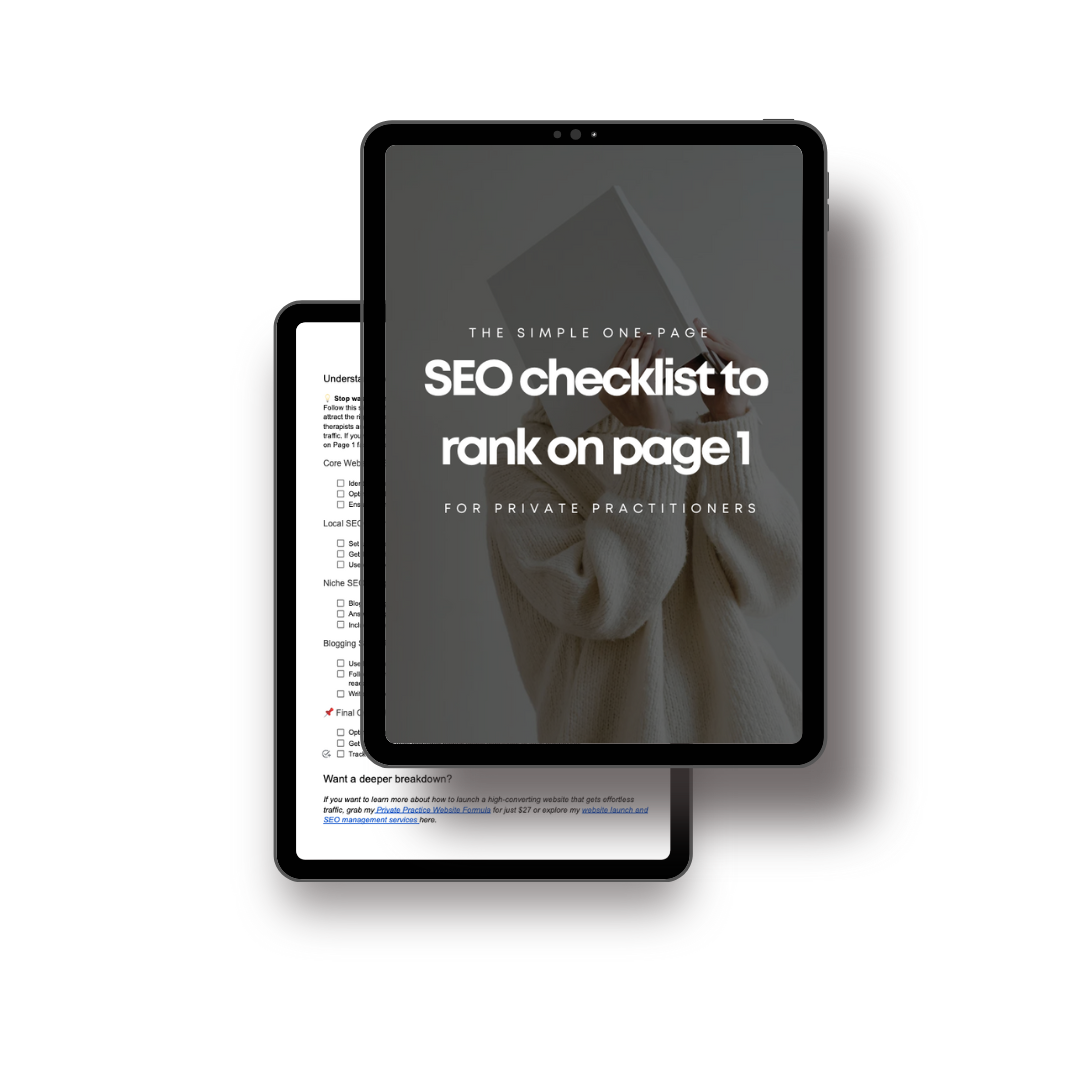
The world needs more holistic healing and LIFE coaching
I get to help hundreds of people live their best lives and thrive every time I help people like you, launch a website.

Bilingual strategic web designer for mental health professionals, life coaches & holistic practitioners. We are located in Mexico serving USA & Worldwide. Contact |
All Rights Reserved | Natalia Maganda | Privacy Policy





